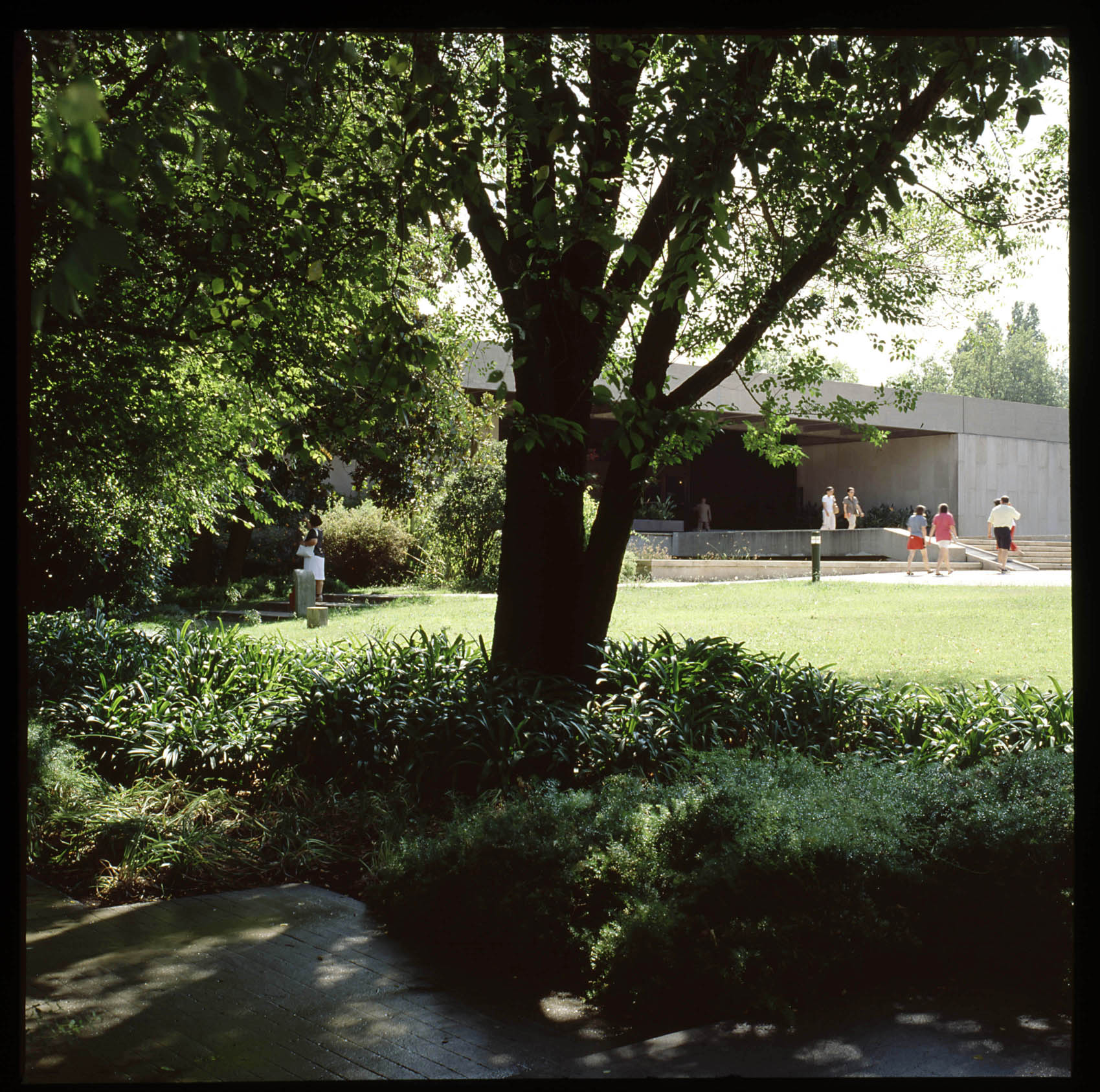
Urban forests are made up of the trees that exist in urban or suburban landscapes. An urban forest is comprised of trees in many settings – in residential and commercial landscapes, along streets and other rights-of-way, and in parks, greenways and set-aside natural areas. Urban forests have great environmental, economic and social value.
Urban forests can moderate the impacts of urban air pollutants. Trees remove particulates, sulfur dioxide, ozone and other …





